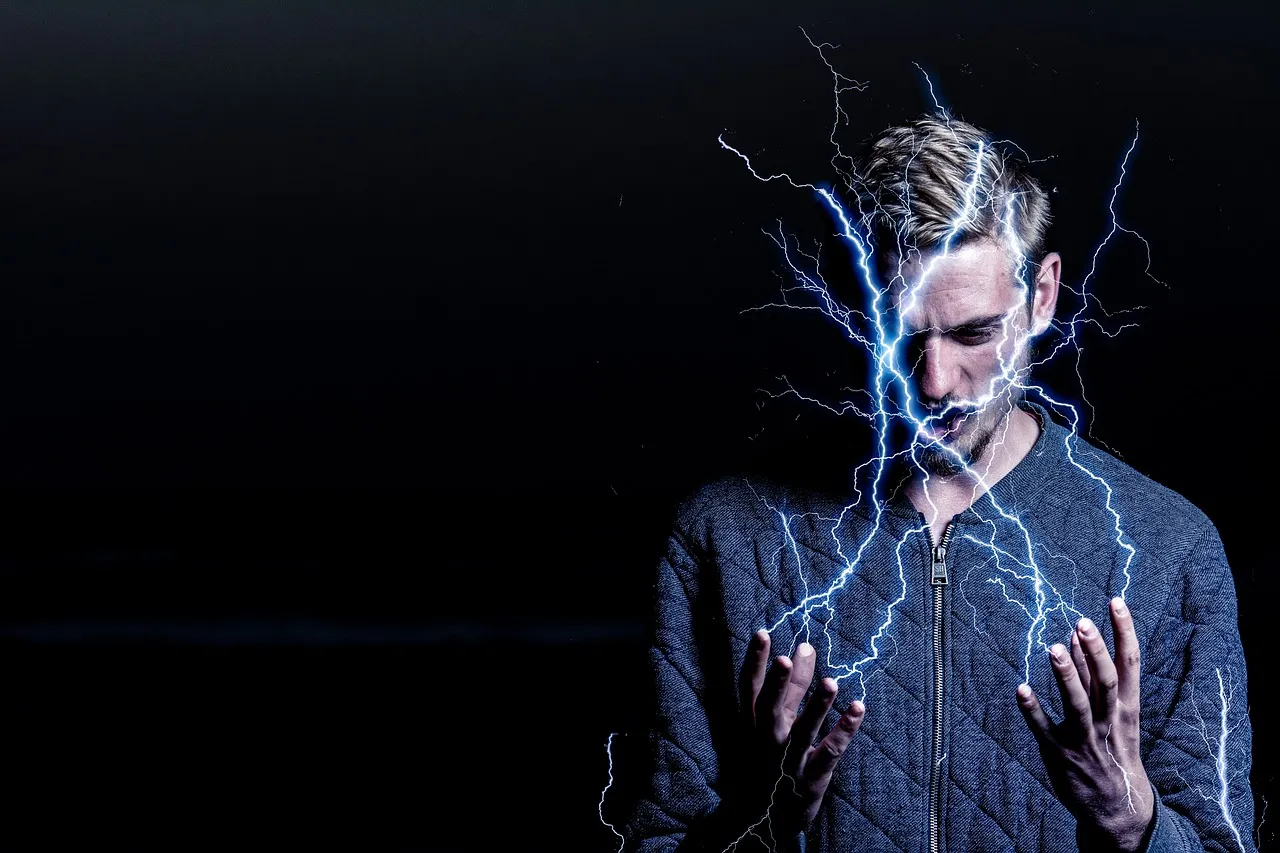Robert Lyman
Dr. Jay Lehr
Robert Lyman is an economist with 37 years of service to the Canadian government.
CFACT Senior Science Analyst Jay Lehr has authored more than 1,000 magazine and journal articles and 36 books. Jay’s new book A Hitchhikers Journey Through Climate Change written with Teri Ciccone is now available on Kindle and Amazon.
Those who believe in an impending climate catastrophe often insist that the world must “decarbonize”, electrify the entire economy, and base future electricity generation entirely on renewable energy sources such as wind, solar, biomass and hydroelectric generation. Rarely, however, do these advocates address the risks of such an approach in the event of electricity supply interruptions. Common sense tells most of us decarbonization and net zero are impossible and absurd. If it could be done it would really be the end of life as we know it but it can’t be done. But in the brief time politicians and moronic activists work toward it, they are and will wreak havoc and damage on much of society.
What, however, would it mean to the average person if there were blackouts lasting two days? What would happen if the blackouts lasted two weeks?
These are not unrealistic possibilities. Power interruptions are an everyday occurrence in many developing countries. Hardly a year passes without blackouts lasting several hours to a few days in Europe and North America. Weather events such as high wind storms, floods, and other “natural triggers” regularly disrupt power deliveries for varying periods of time. Major blackouts rooted in technical failures, lasting weeks, have occurred in parts of North America and Europe over the last twenty years. Other intentional man-made causes, such as cyber and terrorist attacks, have the potential to create widespread and prolonged power failures.
Electrical energy system planners do what they can today to minimize the risks of disruption and to respond quickly to resupply power to consumers when an interruption occurs. However, today electricity accounts for less than 40% of the final energy consumption in industrialized countries, and only about 20% of final energy consumption on a global basis. The power outages that we have experienced in the past only affected part of people’s needs. Yet, we are told that in future we should make electricity the sole source of supply.
What would happen when a blackout occurs?
The first things you might notice are the loss of electric lighting, especially at night. Your computer and telephone won’t work. You can’t watch television or listen to the radio. You dig out that long-forgotten box of candles and wish you still had matches to light them with.
Things become more of a bother when you think about all the food in the refrigerator and freezer that may go bad if the power stays out much longer. If you use an electric stove, you cannot cook and you cannot order food from restaurants because they probably cannot cook either.
During the hot days of summer, the air conditioning stops and indoor temperatures become quite uncomfortable, especially in apartment buildings or offices where one cannot open the windows. In winter, the furnace may stop working (correction: it will stop working if it has been electrified), temperatures drop quickly and you start to wear sweaters and a coat indoors. If the blackout lasts for several hours and you live in many parts of Canada, you worry about your water pipes freezing and bursting.
You try to drive to work or to take the children to daycare. If your car is all-electric, you will not be able to recharge it. If you can drive, when you come to an intersection that usually has traffic lights, you will find they don’t work, so traffic is moving through on a snail’s pace. If you decide to get some cash at an automated teller, you find that it does not work. Your credit cards cannot be read, as the system is down. If you do still have an internal combustion engine car, you can’t buy gasoline at the service station because the pumps run on electricity.
The city’s water supply runs on electrically-powered pumps, so you cannot get fresh water. Within a day or two at most, you cannot use the toilets and you cannot take a bath or shower.
If you live in a high rise apartment building or work in a high-rise office, you find that the elevators don’t work. Anyone in an elevator when the power went off needs emergency help.
The people in hospitals are in dire straights. Medications that require refrigeration run out. If the situation lasts so long that the back up generation systems (powered of course by oil products) fail, the lights go off, systems needed to warm new-born babies don’t work, and ventilators don’t work. Operations become virtually impossible. People die.
Pharmacies might be left without insulin or vaccines, or have bottlenecks in drug supply. There would be short and long-term impacts on the production and distribution of medicine (e.g. the supply of pharmaceuticals) some of which could become unavailable in the early stages of the blackout.
If the blackout persists for weeks, the conditions become much worse. The entire financial system runs on electricity so the banking system (i.e. the availability of credit) is affected. Much of industry depends critically on electricity, so plants begin to close. Retail outlets and restaurants close as well, so the number of unemployed sky-rockets. Transport of goods as well as people becomes impossible, especially if all or most vehicles have been electrified. Food shortages arise and quickly become unmanageable.
The social effects of all this may be especially worrisome. With many people in dire need, shortages everywhere and police services limited, looting and other thefts will increase. Indeed, all emergency services will be stretched beyond their limits. The number of fires would likely increase due to the use of candles in homes, and the failure of cooling and control equipment in industry.
What about Batteries?
The advocates of complete electrification of the economy insist that large-scale interruptions in power supply can be avoided though the use of bulk electricity storage.
Francis Menton, a lawyer and public policy commentator, has several times analyzed the potential for bulk electricity storage to address the security of supply problems posed by elevated reliance on wind and solar energy.[1]
“No jurisdiction – even an experimental one – has yet succeeded in getting the percentage of its electricity generated from the intermittent renewables up much past 50% on an annualized basis. To accomplish the feat of getting beyond 50% and on closer to 100%, the grid operator must cease relying on fossil fuel backup power for times of dark and calm, and move instead to some form of storage, most likely very large batteries.”
Well that has never been done nor ever will as a result of the high cost and limited availability of materials required to build either large or multiple batteries. If anyone tells you differently, hold on to your wallet.
In addition to electricity in everyday life, but generally out of siis the internet which has subsequently transformed into an information infrastructure that uses communications networks epitomized by the arrival of application specific” software programs or Apps. As we now know, an App is a specialized software tool.
Global App downloads now exceed 100 billion a year and still increasing. We are in the early days of App growth for business, finance, utilities and productivity, food delivery, automotive, home and travel and healthcare.
Concurrent with the growth of Apps have been the growth of data centers which are computer filled rooms all around the country. There are already 500 data centers with over one million square feet under one roof.
There is something fundamentally revealed in the energy feature of the information infrastructure of today’s world. Advances in human prosperity invariably require more energy and yet the electricity required in our computerized world today has been completely ignored by the progressive leftists desiring to eliminate fossil fuels to create that electricity. Attempts to run the world on wind and solar will bring most societal activities to a halt producing as much damage as the increased cost of heating and cooling, keeping hospitals working and commerce churning. Spread the word nearly everyone is unaware.
[1] Comment submitted by the Concerned Household Electricity Consumers Council to the EPA in February 2018 with respect to EPA’s proposal to rescind an Obama-era regulation called the Clean Power Plan.
Portions of this essay were excerpted from the book The Cloud Revolution with permission of the author Mark Mills
Robert Lyman is a Canadian economist with a knack for making Economics a much less dismal science.









